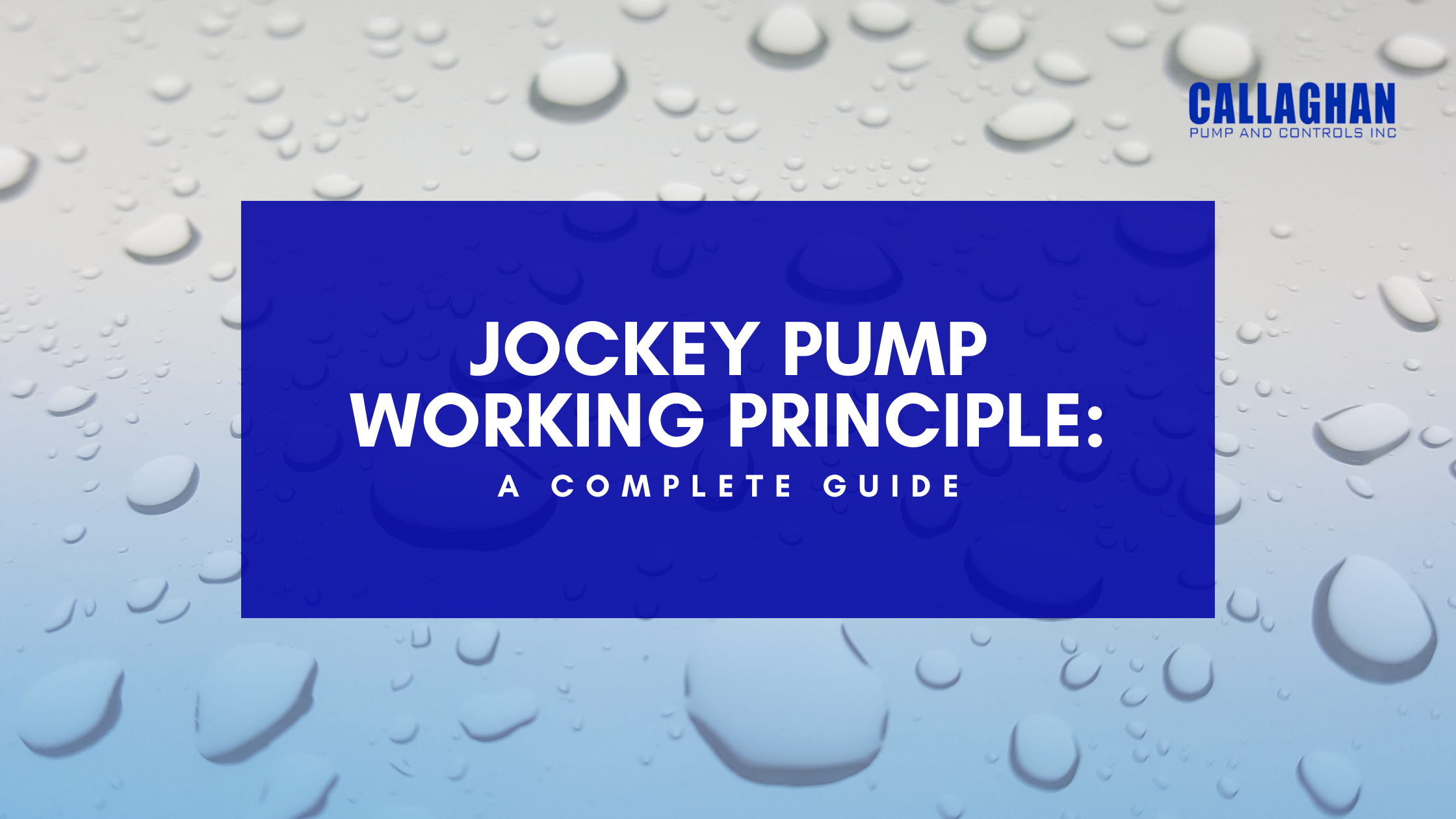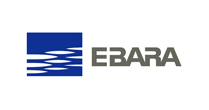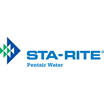
November 22nd, 2023
When you use a fire suppression system, you will need two pumps to suppress fires: a main fire pump that delivers water to the fire standpipe system and a small low-flow pressure pump that keeps the fire system pressurized during non-fire conditions. These small flow pumps are known as submersible jockey pumps.
The jockey pump flow rate is an integral part of a fire pump control system and is connected to the system. It is typically sized for a 1% flow of the main fire pump. The jockey fire pump maintains water pressure when a pressure drop sensed by the fire pump automatic controller causes the fire pump to start.
It is typically a small multi-stage centrifugal pump and does not have to be listed for fire system application. NFPA provides the application of a jockey pump in a fire protection system. The pump should be inspected as per NFPA’s Inspection and Testing of Water-Based Fire Protection Systems. Here are the main functions of a submersible jockey pump:
A fire sprinkler system or fire pump requires minimum pressure to operate effectively. A jockey pump helps maintain this pressure within the system. It stabilizes the pressure and prevents it from dropping below the required level.
Without a submersible jockey pump , the main fire pump would need to start and stop every time there is a slight drop in pressure within the system. This frequent cycling of the main fire pump can lead to false alarms and unnecessary wear and tear.
When fire pumps operate at a very low flow rate, they can experience cavitation. It is a condition where vapor bubbles form in the pump due to low flow rates and pressure. Cavitation can cause damage to the pump and decrease its efficiency. Luckily, a jockey pump can prevent cavitation by maintaining a minimum system pressure.
Jockey pumps are small pumps with lower power requirements compared to main fire pumps. They handle minor pressure variations and can be more energy-efficient because the main fire pump only activates when there’s an actual demand, such as a real fire.
Having more than one submersible jockey pump is typical in larger fire protection systems. If one jockey pump fails, the other can maintain pressure within the system, ensuring the fire protection system remains operational.
A jockey pump has pressure switches that monitor the pressure in the fire protection piping. When the pressure drops below a certain set point, the jockey pump activates to return it to the desired level.
Submersible jockey pumps are designed to operate automatically and require minimal human intervention. They start and stop based on pressure signals from the fire protection system. These pumps are often required to meet specific industry standards and certifications to meet safety and performance criteria.
The adequate jockey pump flow rate plays a crucial role in maintaining the pressure and readiness of fire sprinkler systems, ensuring that water can be promptly delivered to extinguish fires. A jockey pump is a critical component of a fire protection system that helps maintain system pressure, prevents false alarms, and ensures the system’s readiness to respond to fires effectively.
At Callaghan Pump, we offer technically advanced submersible jockey pumps to meet the hydraulic demand of any fire suppression system. These pumps have a stainless steel impeller and a heavy-duty cast iron base, making them suitable for large applications.
Contact us for more information about our jockey pump selection .
john@callaghanpump.com,
eileen@callaghanpump.com,
dan@callaghanpump.com,
sales@callaghanpump.com,
service@callaghanpump.com












